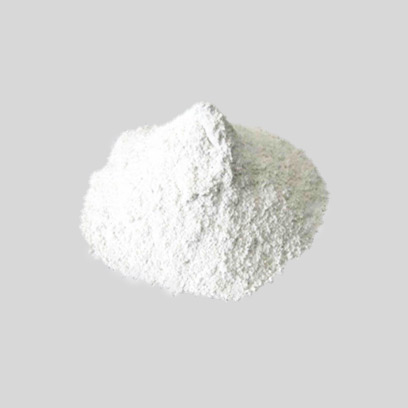
9 月 . 25, 2024 15:28 Back to list
Conductive Titanium Dioxide Production Facilities and Their Technological Innovations
Exploring Conductive Titanium Dioxide Factories
In recent years, the demand for advanced materials in various industries has significantly increased, and one of the standout materials that has garnered attention is conductive titanium dioxide (TiO2). Known for its versatility and remarkable properties, conductive titanium dioxide is a modified version of conventional titanium dioxide that exhibits electrical conductivity. This unique attribute makes it a prime candidate for a range of applications, from electronics to environmental remediation. This article examines the significance, production processes, and applications of conductive titanium dioxide, shedding light on the role of factories dedicated to its manufacturing.
The Significance of Conductive Titanium Dioxide
Conductive titanium dioxide combines the advantages of traditional TiO2 with enhanced conductivity. This material is especially valuable in applications requiring photocatalysis, where sunlight-induced reactions necessitate efficient charge separation and transport. Industries, including solar energy, sensors, and paints, leverage conductive titanium dioxide for its ability to facilitate these processes, thus promoting energy efficiency and sustainability. Additionally, its potential for environmental applications, such as air purification and wastewater treatment, makes conductive titanium dioxide a material of great interest in the push for greener technologies.
The Production Process
The production of conductive titanium dioxide involves several key steps aimed at altering the standard properties of titanium dioxide to enhance its conductivity. The process typically begins with the synthesis of titanium dioxide itself, which can be achieved via techniques like the sulfate process or the chloride process. These methods involve the extraction of titanium from ores and then the conversion into TiO2.
Once the base material is created, it undergoes doping or modification. Doping refers to the introduction of foreign elements, such as nitrogen or phosphorous, into the TiO2 lattice to enhance its electrical properties. The resulting composite demonstrates improved electrical conductivity, making it suitable for various applications. Advanced manufacturing facilities employ precise control mechanisms during this phase to ensure consistent quality and performance of the final product.
conductive titanium dioxide factories

The Role of Factories
Factories specializing in the production of conductive titanium dioxide play a crucial role in meeting the growing market demands. These facilities incorporate state-of-the-art technology and equipment to ensure high purity and uniformity of the material. Automated processes enhance efficiency, reduce human error, and minimize production costs.
Moreover, modern factories are increasingly adopting sustainable practices. This includes waste minimization, energy-efficient production techniques, and the use of renewable resources whenever possible. By aligning with environmental standards and promoting sustainability, these factories not only contribute to the economy but also play a part in preserving the environment.
Applications Across Industries
The applications of conductive titanium dioxide are diverse and expanding. In the electronics industry, it is used in the production of sensors, transparent conductive films, and electrodes in batteries. In the construction industry, conductive TiO2 is utilized in self-cleaning surfaces and antimicrobial coatings. Its photocatalytic properties make it effective in breaking down pollutants, thus finding applications in environmental clean-up and pollution control.
In summary, conductive titanium dioxide represents a significant advancement in material science, bridging the gap between traditional compound applications and modern technological demands. Factories dedicated to its production are pivotal in ensuring that this innovative material is available for various industries, driving forward the cause of sustainability and efficiency in technological applications. As the market continues to evolve, the role of conductive titanium dioxide will likely expand, offering promising opportunities for both industry leaders and environmental stewards.
-
Lithopone for Plastic & TiO2 R-5568/SK-6658 Masterbatch Solutions
NewsMay.30,2025
-
China Leading Rutile TiO2 Manufacturer - R5566 & R996 Grades Available
NewsMay.30,2025
-
High-Purity Anatase & Rutile TiO2 Powder Trusted Manufacturer
NewsMay.30,2025
-
High-Purity Anatase Products Trusted Supplier & Manufacturer
NewsMay.29,2025
-
Best Price Eco-Friendly Rutile TiO2 Supplier & Wholesale Factory
NewsMay.29,2025
-
Chinese Anatase Titanium Dioxide for Ceramic Glaze Reliable Supplier
NewsMay.29,2025
